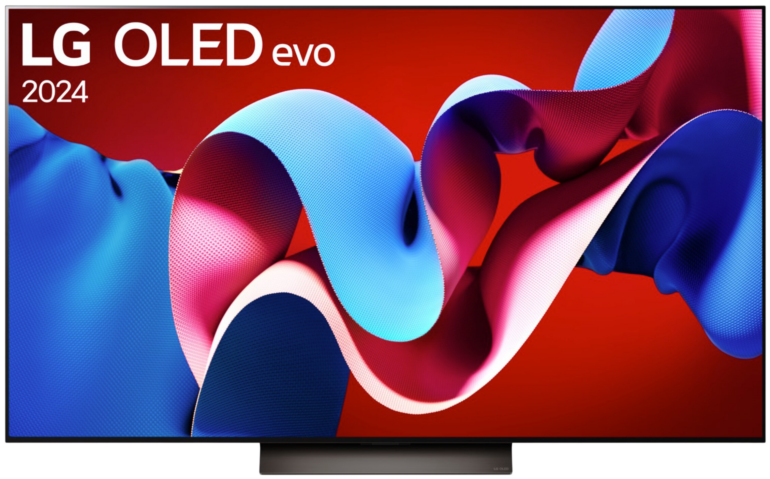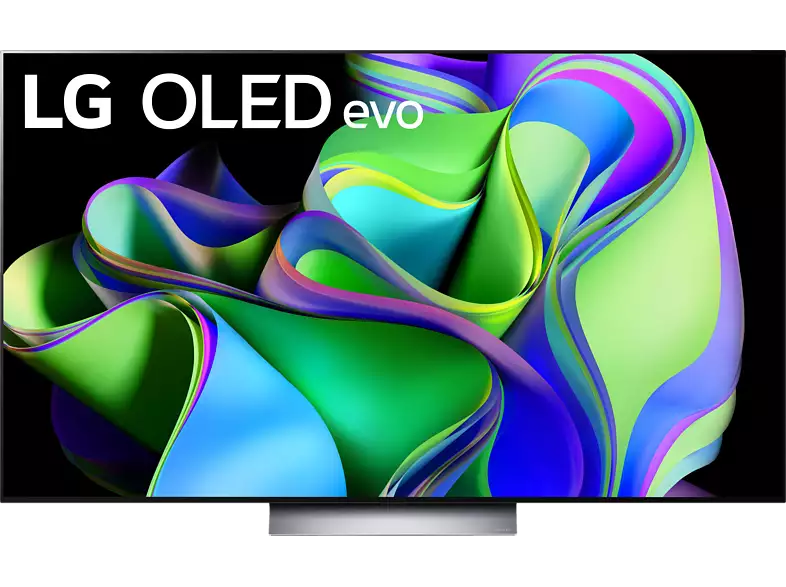LG NANO81 vs NANO85 TV comparison 2021/04


Hey! If you buy through our links, you support our project. It won't cost you a cent more! Many thanks in advance! ♥️
LG NANO81 and NANO85 compared – Which TV is better?
Detailed comparison: LG NANO81 or NANO85

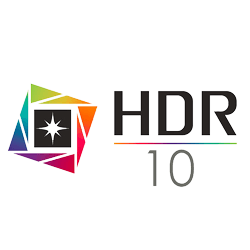




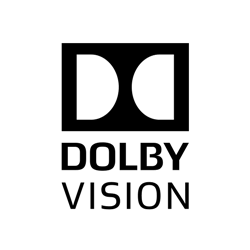
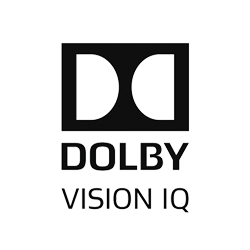
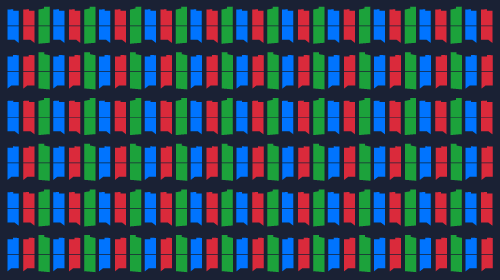




















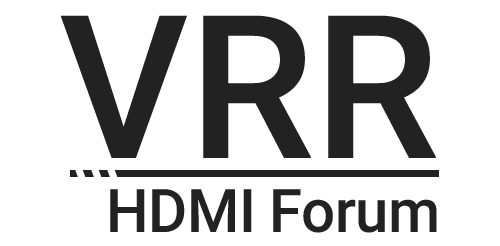

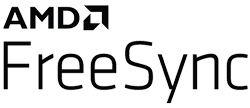
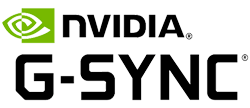

integriert

integriert


integriert

integriert
Our conclusion:Same performance, but with more features
The picture characteristics of the two TVs are almost identical. So if you are looking for a Smart TV for SDRStandard Dynamic Range – image/video with a conventional gamma curve (opposite: HDR) – “normal” videos content in bright rooms, which has a wide viewing angle, you can certainly choose the NANO81. However, due to its reduced features it lacks some of the features that are essential for a more advanced TV experience. The NANO85 has Dolby Vision IQDynamic HDR-format with a color depth of up to 12 Bits and Mastering of up to 10,000 Nits, which can adapt to the ambient brightness, which allows HDRHigh Dynamic Range – image/video with more dynamic range (contrast range) content to be displayed better.
For those who want to purchase the new Xbox Series X or Playstation 5 consoles, the NANO85 is clearly the better choice. With the 120Hz panel and the HDMI 2.1 interface a 4K resolution with 120Hz refresh rateHertz is the derived SI-unit of frequency with 1Hz=1/s – When talking about TVs this means how many different pictures a TV can display in one second. is supported, which will be possible with both consoles.
